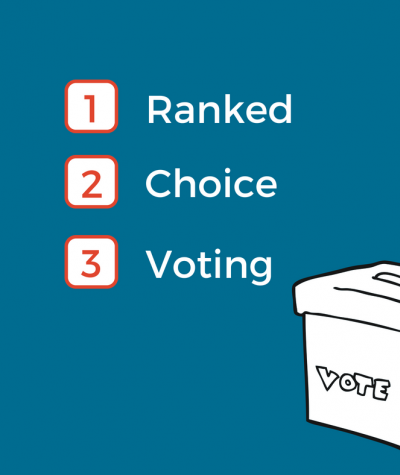The 2018 midterm race for Maine’s Second Congressional District marks the first federal election successfully conducted using Ranked Choice Voting.
Ranked Choice Voting (“RCV”) allows voters to rank candidates in order of preference when marking their ballots, and provides for additional rounds of tabulating votes where no candidate receives a majority of first-choice votes in the initial count of ballots. In each successive round, the candidate receiving the fewest first-choice votes is eliminated, and ballots cast for that candidate are re-allocated to each voter’s next choice candidate, until one candidate achieves a majority of the votes cast.
Ranked choice voting ensures that no candidate is elected to office without winning the support of over fifty percent of the voters casting ballots. This requires candidates to reach and attract a broad coalition of voters, while providing voters with more influence and opportunity to elect candidates of their choice, and fostering greater civility and less negative campaigning. This is because candidates must not only win over their base voters, but also ensure they do not alienate supporters of other candidates, who might list them as a second or third choice.
As a result, candidates in ranked choice systems are more likely than candidates in traditional plurality systems to reach out and engage with voters directly. In addition, RCV encourages a greater number of candidates with more diverse backgrounds and views to run for office, by reducing the impact of vote splitting and allowing voters to express political preferences without fear of wasting their vote.
A federal judge recognized these exact benefits in rejecting a last-minute challenge to Maine’s implementation of RCV, finding that RCV systems are designed to reduce the impact of “spoiler” candidates and to encourage candidates to reach out to voters beyond their electoral base, thus encouraging First Amendment expression. The judge found that Maine’s RCV system functioned precisely as designed, granting “every voter the opportunity to express a preference, and be counted.” The Court therefore declined to “interfere with th[e] most sacred expression of democratic will” by declaring a winner based solely on the number of first choice votes received, finding that to do so could “deprive more than 20,000 voters of . . . the right to be counted with respect to the contest” between the two frontrunners.
Not only is this a win for Maine voters, it stands as a successful example for other states and political subdivisions who seek to improve their voting systems and foster more representative elections.

